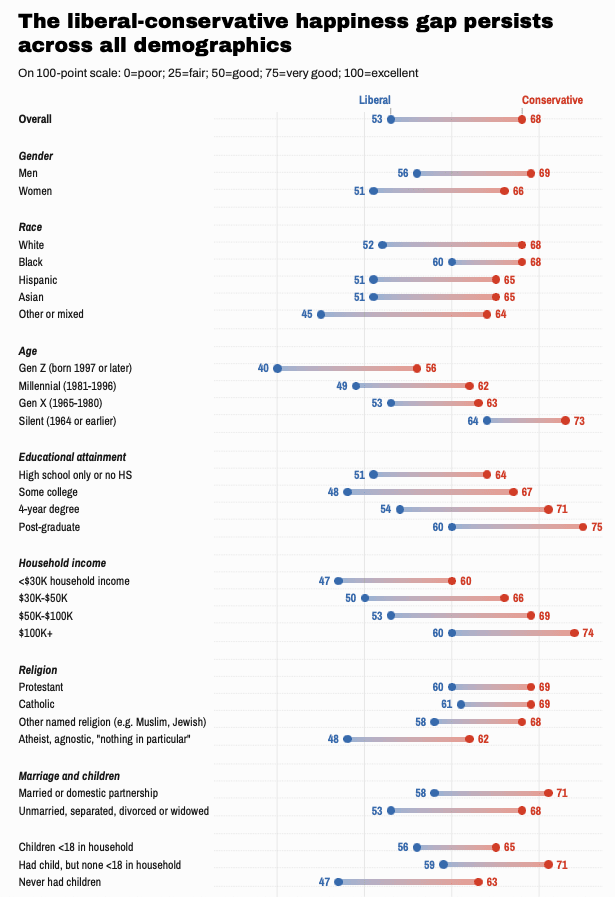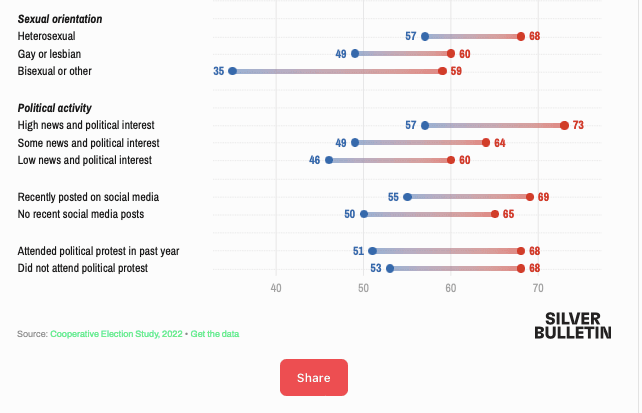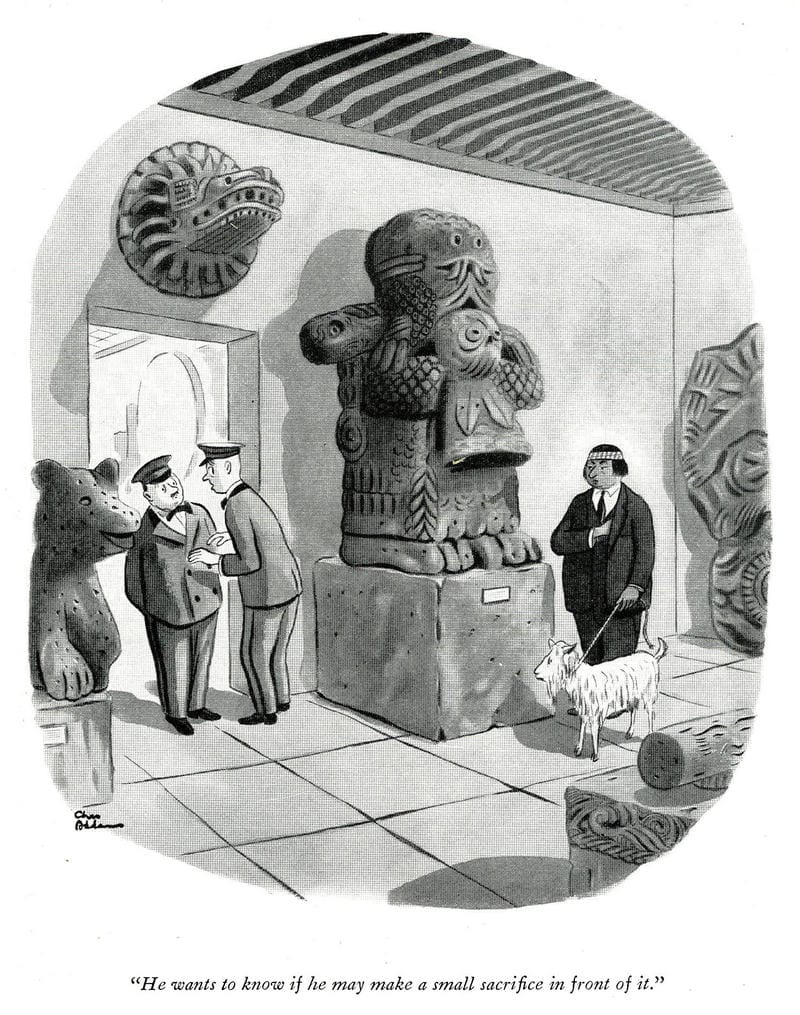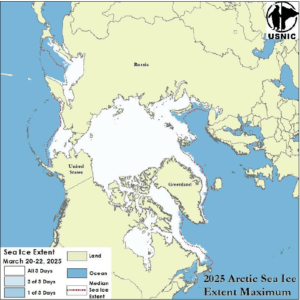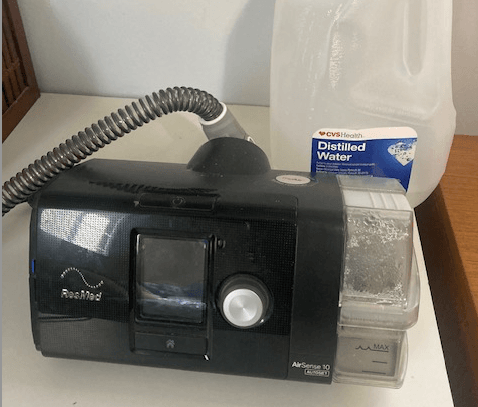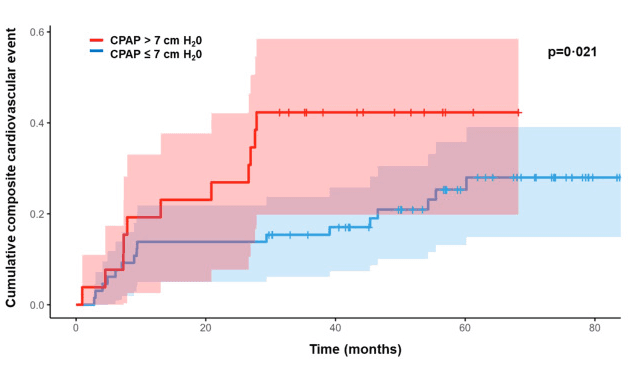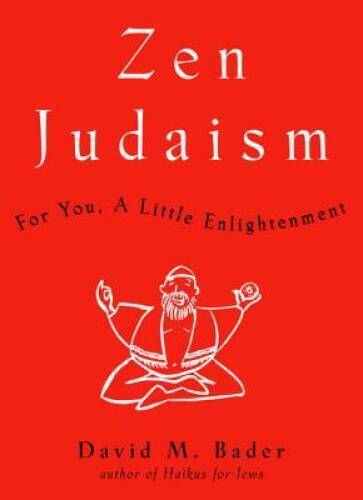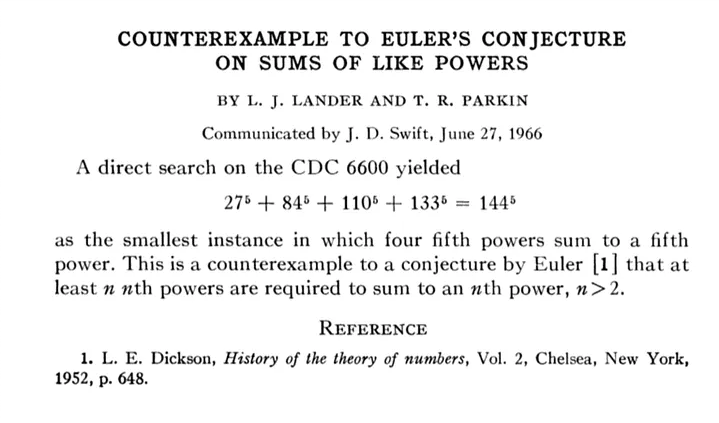Four weeks ago, Trump managed to pause (perhaps end?) a century long war between Thailand and Cambodia that had flared up with F16s, rocket attacks, drones, invasion, and hundreds of dead. He did it by threatening to block trade with both countries if they didn’t sign a ceasefire. Within the day, they did. Perhaps, all they needed was a good excuse to stop fighting. The peace has lasted four weeks, though nasty words continue to flow. Some 70,000 Buddhist monks are very appreciative.

Thailand and Cambodia have had had significant empires with overlapping land claims going back to the days of the kingdom of Siam and the collapse of the Khmer empire. A peace treaty was concluded between 1904 and 1908, but it involved ill- drawn, conflicting French maps. Several major Buddhist temples are in the disputed areas; they appear to be part of Siam in the earlier map, but part of Cambodia in latter documents. Siam complained weakly about the later documents, perhaps signaling accent, or signaling that they had the weaker army.
The problem festered this way until WWII when Siam allied with Japan and took back the territory it claimed, plus some more. After Japan lost the war, French Cambodia took back the territory, but Siam / Thailand re-armed and re-took in when the French left. It didn’t help Cambodia’s claims that it collapsed into a rein of terror under the Khmer Rouge. As things stand, the International Court of justice favors Cambodia’s claims. Then again Thailand now has the larger army, and has used it to occupy the disputed areas.

A May-July, 2025 flareup in fighting resulted in about 200 dead and/or captured, mostly in the area of the historic temples, plus 135,000 displaced. The Malaysian PM, Anwar Ibrahim, tired to achieve peace, and on July 28, 2025 Donald Trump stepped in and calling both leaders in the midst of tariff negotiations and informed them that they would be banned from US trade if they didn’t stop fighting. With Malaysian help, they signed a ceasefire that day. The presidents thanked Trump; 70,000 Buddhists marched and asked that he get the Nobel Prize. It’s the power of tariffs, and of personality.
Will the peace last? It has for four weeks now, and seems to be holding. The press downplays the significance saying that Trump only got involved because he wants the Nobel Prize. Maybe, but people are not dying who would be. Peace is good and surprisingly hard. I would not mind seeing Trump get the prize, shared with Ibrahim. My guess is that it was motivated more by ego than real hopes of gain. They were in a position to push effectively, and did so. The push was a convent excuse for sanity. A month later, Trump brokered another peace deal, this time between Armenia and Azerbaijan. The press isn’t impressed with this either, nor with Trump’s efforts to end the war in Ukraine; they’re upset over his efforts to reduce the crime rate in DC.
Robert Buxbaum, August 28, 2025. Liberals have a happiness deficit. Here are some sayings of Zen Judaism, vaguely like Zen Buddhism.




